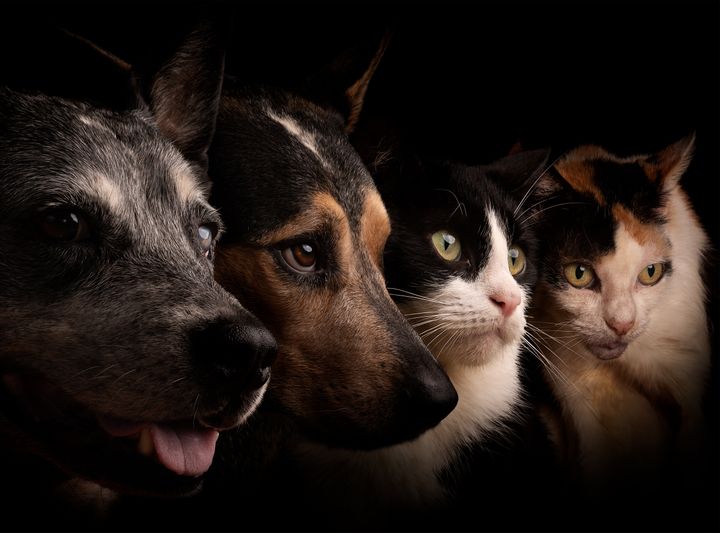
We love our pets, so it’s no surprise that we love scientific studies that delve into what makes them ― and animals in general ― tick. (How else would we know that women sleep better with dogs than their human partners? Or that chimpanzees get choosier about their friendships as they age, just like people?)
It’s been a great year for scientific discoveries about animals. Below, we highlight 10 fascinating new findings about the animal world and how we interact with it.
Cats have 276 distinct facial expressions.
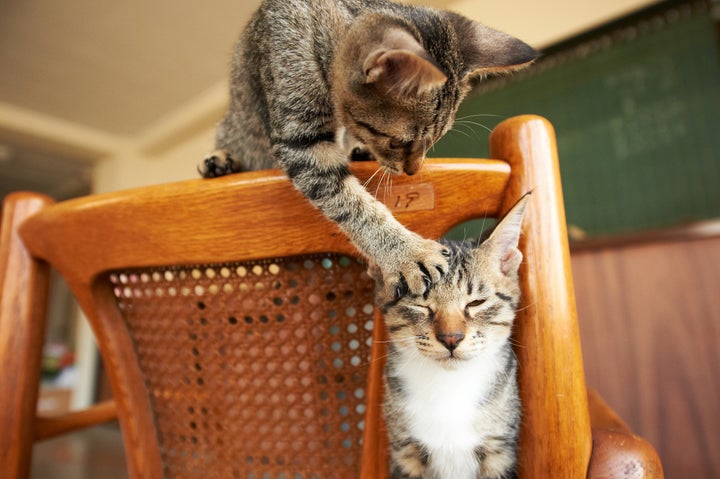
If you ever thought your cat was giving another pet major side-eye, you probably weren’t imagining it. According to a study published in the journal Behavioural Processes in November, two U.S. scientists documented 276 distinct facial expressions when domesticated cats interacted with one another ― including a “play face” also found in species like humans.
The researchers conducted the study in a cat cafe in Los Angeles, where they watched a group of about 50 cats. (Side note: How can we get this job?)
“Our study demonstrates that cat communication is more complex than previously assumed,” study co-author Brittany Florkiewicz, an evolutionary psychologist at Lyon College in Arkansas, told CNN.
Rats may have an imagination.
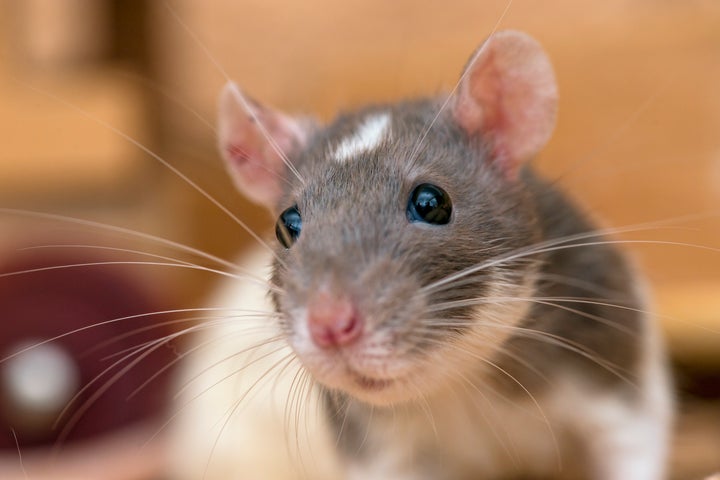
Aside from icons like pizza rat and Rizzo from the Muppets, rats tend to get a bad rap among humans. But a new study suggests that we need to give them way more credit as a species.
In November, researchers at Howard Hughes Medical Institute’s Janelia Research Campus found that rats can navigate through a space they’ve previously explored using only their thoughts. That means they could have what we generally think of as an imagination.
One author of the study reportedly said that the research is the first of its kind to show that nonhuman animals can activate the brain’s representation of places that are far away from them.
“This is a fundamental building block of a specific type of imagination, one that enables us to project ourselves into the past or future, within a certain scenario,” said researcher Chongxi Lai.
A new drug might be able to extend your dog’s life.
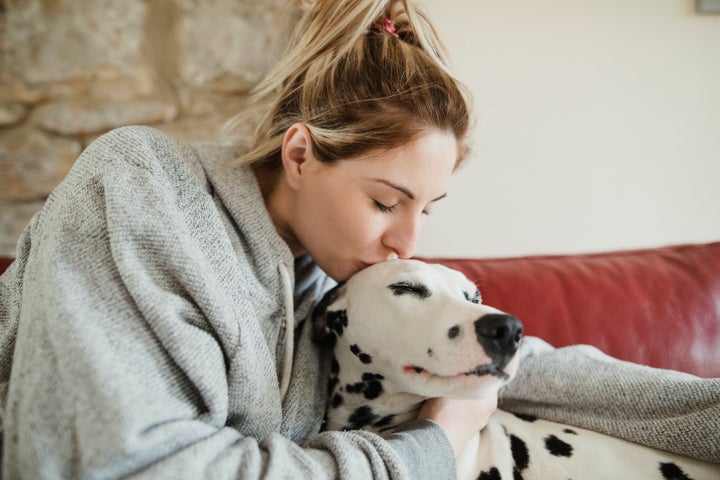
The typical dog sadly only lives about 10 to 13 years ― and larger breeds tend to have a shorter lifespans still. Given that, dog lovers rejoiced this fall when a new experimental longevity drug for their pets moved one step closer to gaining Food and Drug Administration approval.
The drug is in the works by veterinary biotech company Loyal. And though it’s yet to go into clinical trials, an FDA official said in a letter to the company that its initial data is “sufficient” to show “a reasonable expectation of effectiveness,” especially for larger breeds, The New York Times reported in November.
In effect, the letter means the medication has met a requirement for “expanded conditional approval,” an accelerated authorization for needed drugs that require complex or particularly difficult studies to demonstrate effectiveness.
These female frogs may fake death to avoid unwanted advances.
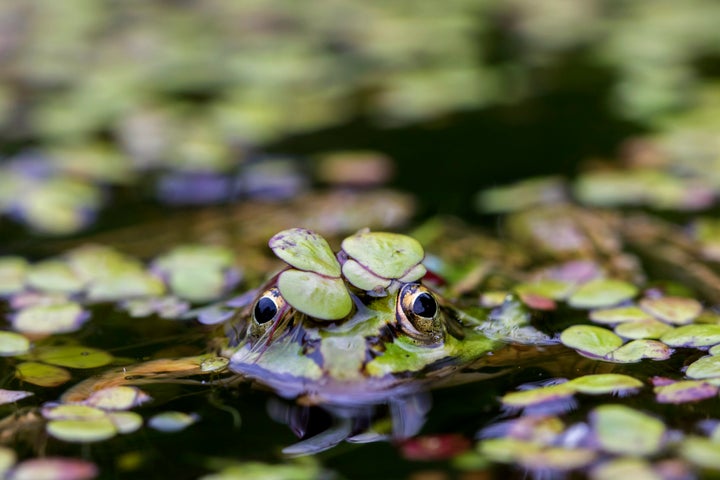
There’s “honey, not tonight, I’m not feeling well,” and then there’s this: According to a study published in the journal Royal Society Open Science in October, female European common frogs feign death to avoid unwanted attention from males. (The researchers call the behavior “tonic immobility,” which is a great name for an excuse.)
To understand why these lady frogs go to such great lengths, it might be helpful to know what mating season is like for them. Researcher Carolin Dittrich told ABC News that European common frogs engage in a brief but “explosive” breeding season, in which males frantically compete to access females.
In the process, males also engage in “harassment,” “sexual coercion” and “intimidation” of females, the study said. Pretending to be dead is something the female frogs have seemingly evolved to do to survive the mating season.
Chinstrap penguins sleep over 10,000 times a day (but they’re short naps).

“Fifty Shades of Grey” actor Dakota Johnson made headlines for revealing that she sleeps up to 14 hours per night ― but she’s got nothing on the chinstrap penguin.
According to a study recently published in the journal Science, these penguins sleep over 10,000 times a day ― though each snooze lasts for about four seconds at a time.
The researchers think that chinstrap penguins have evolved to take these “microsleeps” to stay on guard against predator threats and get what rest they can while living in a loud group.
Kids who live with pet cats or dogs may have fewer food allergies.
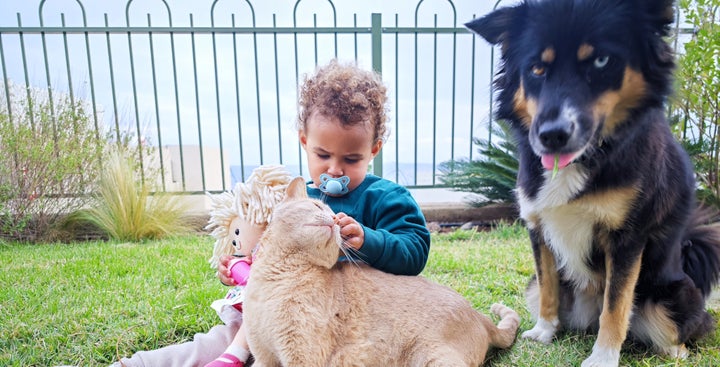
In a major win for kids begging their parents for pets, researchers in Japan found that children exposed to pet cats or indoor dogs during fetal development or early infancy tended to have fewer food allergies than kids who didn’t have those pets.
The analysis, which was published in March in the journal PLOS One and included over 65,000 infants, showed that children with indoor dogs were less likely to have egg, milk and nut allergies. Those with pet cats were less likely to have allergies to eggs, wheat and soybeans.
Seagulls may decide what to eat by watching people.

Seagulls are ravenous for that charcuterie board you left unattended at the beach for a reason: A study published in May suggested that gulls decide what they want to eat by studying people’s preference.
Researchers at the University of Sussex studied savvy seagulls in the resort town of Brighton and found that the birds gravitated toward the foods humans were interested in.
“While we know that animals learn from each other, we rarely see animals learning from a totally different species when it comes to food preferences,” said Paul Graham, a professor of neuroethology and one of the authors of the study, in a University of Sussex press release.
“Gulls didn’t evolve to like chips,” he added. “Over time they have had to learn to engage with humans in order to source food. It is therefore a sign of intelligence.”
Humans can correctly guess the meaning of chimp and bonobo gestures.
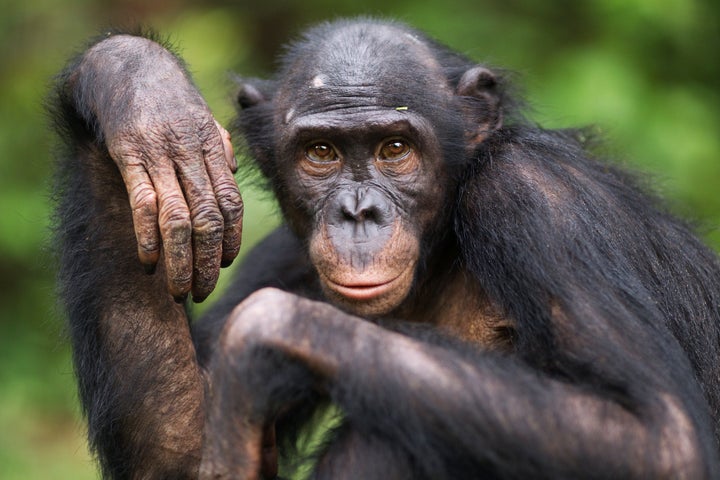
Humans may still understand gestures made by other great apes ― specifically chimpanzees and bonobos ― even though we don’t use them anymore ourselves. Research published in the journal PLOS Biology in January suggested that we’ve held on to an “ancestral system” of communication, despite our divergence from other apes.
Using an online game, researchers at the University of St Andrews in Scotland tested people’s understanding of 10 common chimpanzee and bonobo gestures. Around 5,500 participants viewed videos of ape gestures and then were asked to select their meaning from four possible answers. The humans accurately guessed the meaning over 50% of the time.
“Humans without any training and without seeing any of the outcomes or surrounding behaviours can understand what chimpanzee and bonobo gestures mean,” Kirsty E. Graham, one of the co-authors of the study, reportedly said.
Your pet cat would nosh on 2,084 species if you let it.
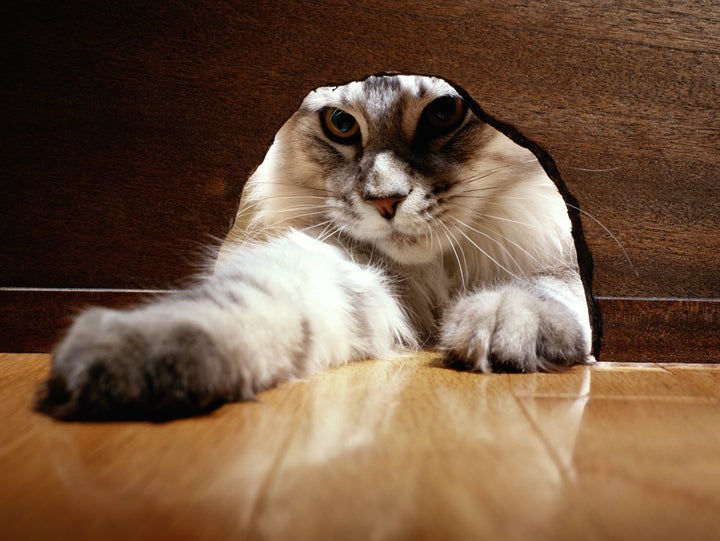
Your pet cat may look peaceful ― downright angelic, even ― when he’s sleeping on your lap, but never forget that there’s a beast inside him. According to a paper published in the journal Nature Communications in December, free-ranging cats — those with access to the outdoors — will eat 2,084 different species.
Among them are birds, reptiles, amphibians, insects and mammals. (They’ll even eat a cow, though as the researchers noted, that’s likely a result of scavenging and not hunting.)
Don’t tell your pet, but the researchers said cats are “amongst the most problematic invasive species in the world,” as they’re linked to the extinction of more than 60 species globally.
Roosters may be able to recognise their own reflections.
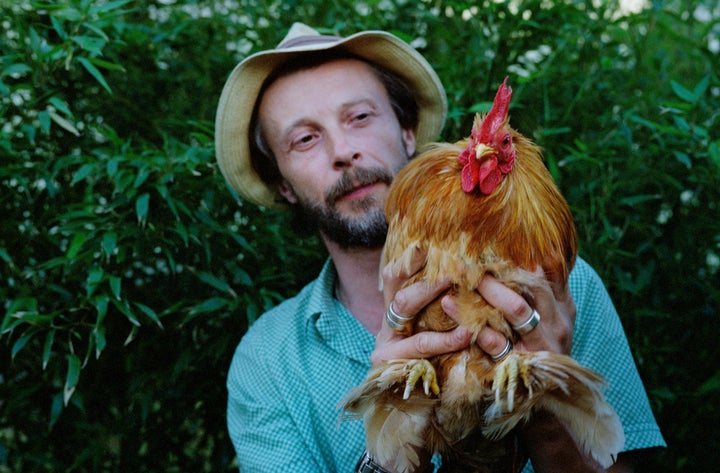
Cock-a-doodle-do I exist? In October, researchers found evidence suggesting that roosters can recognize themselves in a mirror ― a classic test of self-awareness in animals. (Among the handful of nonhuman animals that have also passed the so-called mirror test are great apes, bottlenose dolphins, elephants, magpies and crows.)
The researchers hope that their findings will make people reconsider the intelligence of other animals as well.
“[Chickens] are way smarter than you think,” Sonja Hillemacher, a co-author of the study, told The New York Times. Indeed, previous research has suggested that they can count and are capable of empathy.